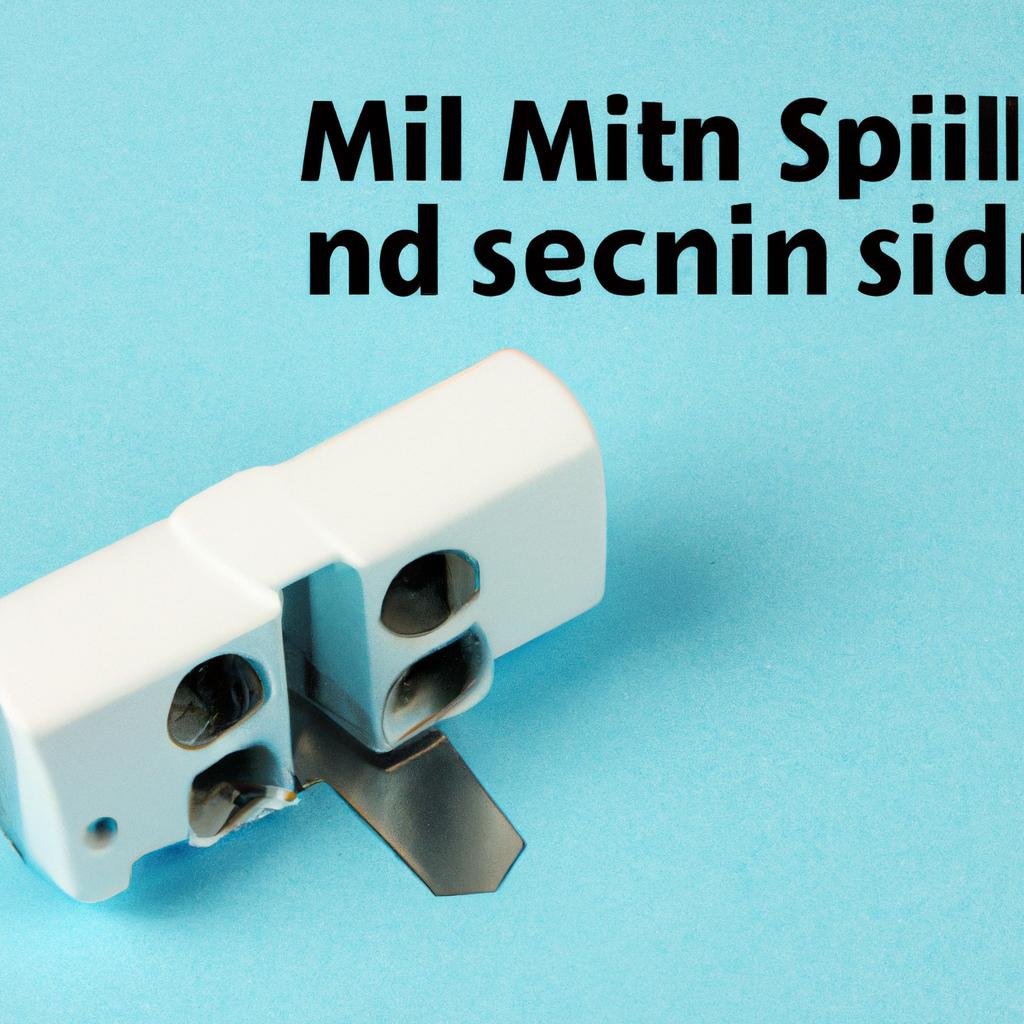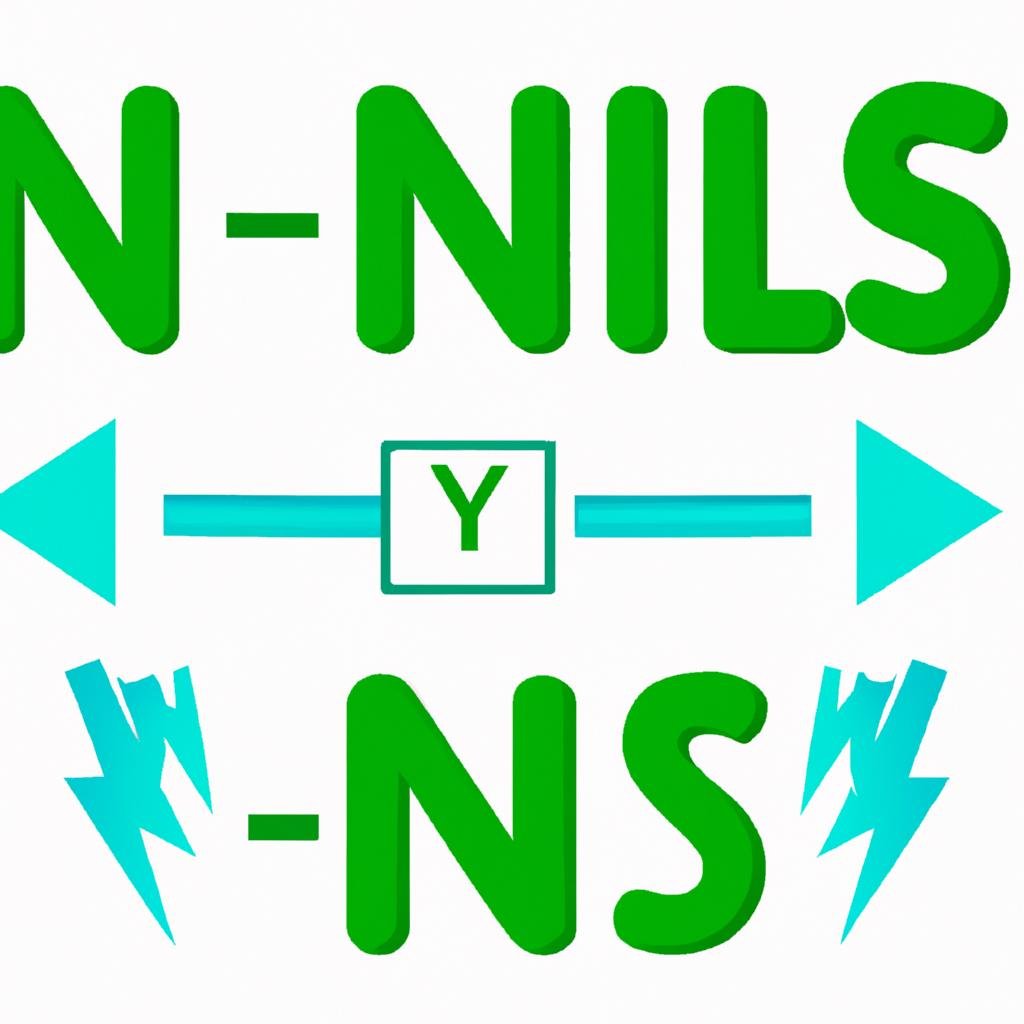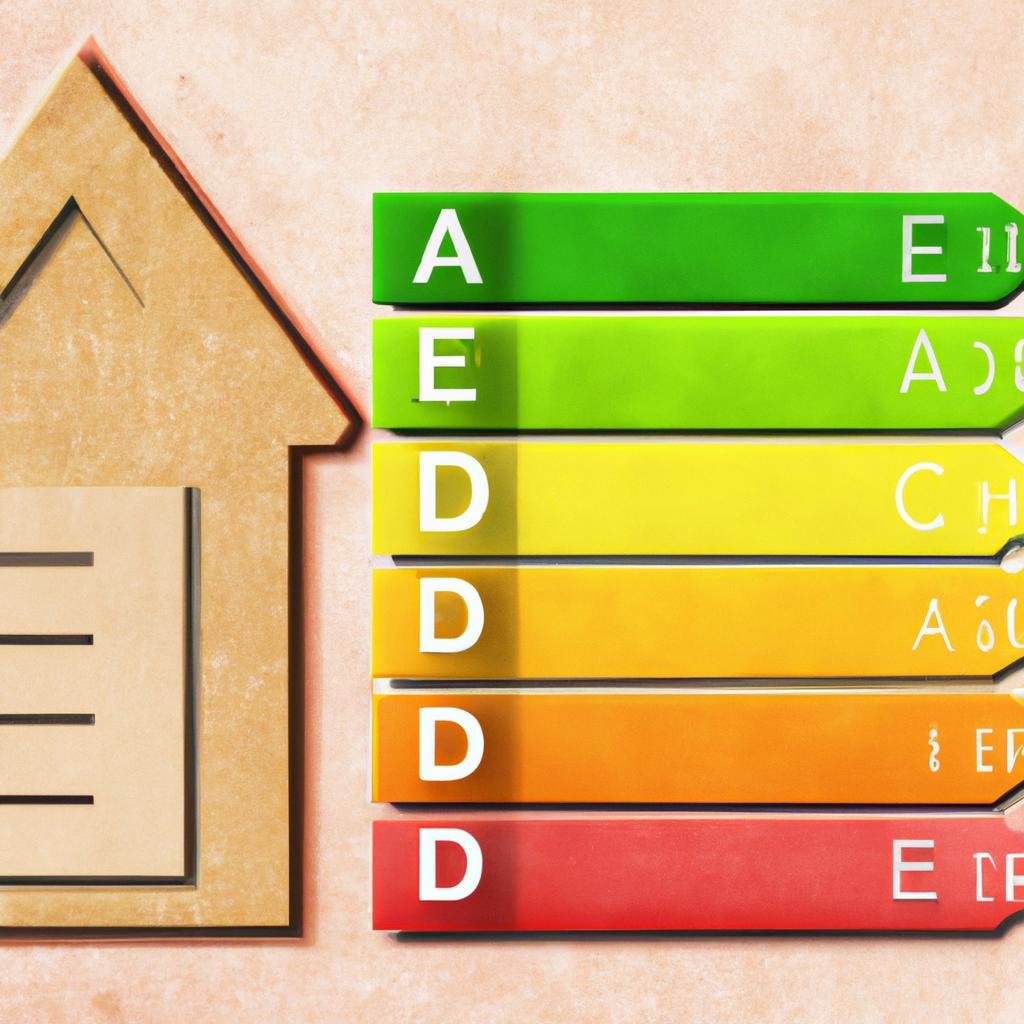Dance is an art that lets the artists express their emotions freely; they can’t be held back, they simply keep on going! Now, imagine your mini-split HVAC system as a tireless dancer, waltzing away all day and night, cooling or warming your rooms without a pause. Is it displaying a stunning performance of endless endurance or is it stuck in an infinite loop of preferential dances that can ultimately make it wear out? Sitting cozy in your room, have you ever wondered – are mini splits supposed to run constantly? Well, it’s time to slip into your detective shoes as we embark on a journey to uncover the truth, a friendly exploration that’ll help us keep our mini tropical paradises and frigid hideaways at home in perfect balance!
Understanding the Functioning of Mini Splits
In the world of heating, ventilation, and air conditioning, mini splits are gaining popularity due to their efficient and versatile functioning. They work by providing both heating and cooling through two main components – an outdoor condenser and an indoor air-handling unit. The question whether mini splits are supposed to run constantly has been hovering around with some people worrying about potential waste of energy. However, it’s essential to understand that the operating frequency of mini splits highly depends on the selected mode and the desired indoor temperature.
Contrary to popular belief, mini splits running constantly is not necessarily a bad thing. When the system is in Low-power mode, it maintains a steady indoor temperature by running consistently at a low speed. This is a lot more energy-efficient than frequently turning on and off, which requires a large amount of energy for the system to start up each time. This constant operation also facilitates in maintaining a uniform temperature throughout the room. However, under High-power mode, the system ramps up to maximum speed until the set temperature is reached, after which it slows down considerably. This mode is usually beneficial when rapid heating or cooling is required.
| Mode | Function |
|---|---|
| Low-power | Runs consistently at low speed to maintain a steady temperature. |
| High-power | Runs at maximum speed to reach desired temperature quickly then slows down. |
Thereby, the phrase “mini splits are supposed to run constantly” is somewhat true, but in a beneficial energy-efficient way. Remember to consult with a HVAC professional if your mini split system displays any unexpected behaviour, as constant operation can sometimes also be indicative of a potential problem, such as incorrect sizing or refrigerant leaks.
Mini Splits On Constant Run: Yes or No?
Seeing your mini split system run constantly might raise a few concerns. Are you considering whether this is normal or cause for alarm? Here’s the skinny. The short answer to this question is: Yes, it’s absolutely normal. Mini splits are designed with a feature known as ‘inverter technology’ that allows them to run in a continuous but varied mode to offer consistent temperatures and supreme energy efficiency.
Similar to cruise control in a car, these systems adjust their speed and output based on the conditions. For instance:
- During extreme temperatures: Your mini split might run at full capacity to warm up or cool down your home quickly.
- In moderate climates: They might slow down their speed to maintain the desired temperature without turning off completely.
This continuous operation, although energy-efficient, should not be associated with constant full-speed operation. It means it runs at varied speeds to provide constant comfort.
| Condition | System Response |
|---|---|
| Extreme temperatures | Full capacity operation |
| Moderate climates | Reduced speed operation |
However, if your mini split seems to be running full-speed non-stop and is resulting in increased energy bills, it could be a sign of potential issues. These issues could range from a faulty thermostat to low refrigerant levels, or even the size of the unit not being appropriate for your property. In such situations, professional assistance may be required for diagnosis and rectification.
Assessing the Potential Issues and Solutions with Constant Running Mini Splits
Although technically designed to run continuously, a constantly running mini split unit can signal potential issues, largely depending on the make, model, and the particular set-up of your home. One of the most prevalent issues would be that the unit may be too small for the space it needs to cool. If this is the case, it could be constantly running, trying to reach the set temperature but being unable to do so. Another problem could be a worn-out or damaged capacitor, which is responsible for providing the initial start-up power for your mini split unit. Lastly, a refrigerant leak could be causing your unit to work overtime.
On the other hand, there are quick and simple solutions to these particular dilemmas. To check if your unit is an appropriate size for your space, enlist the help of a professional who can calculate the required BTUs (British Thermal Units) for your room or home. Followed by replacing the capacitor, which is a relatively inexpensive part and can be quickly replaced by a professional. And lastly, if a refrigerant leak is suspected, it’s paramount to call in a professional as soon as possible. Not only will this sort the issue at hand, but it will also help you avoid any potential damage to the environment.
| Potential Issue | Possible Solution |
|---|---|
| Unit too small for space | Re-calculate BTUs for the room/home |
| Damaged capacitor | Replace capacitor |
| Refrigerant leak | Call in a professional |
Remember, regular maintenance and observation of your mini split system is key to prevent any persistent running. This way, your unit remains efficient, and your home stays comfortable, no matter the season.
Energy Efficiency and Cost-saving Recommendations for Your Mini Splits
If you’re wondering whether your mini split system is supposed to run non-stop, the answer is not necessarily. While these systems are designed for long-running hours, constant operation may indicate inefficiencies. It’s crucial to understand more about your mini split’s operational quirks and point out potential ways to enhance its functionality. So, here are some recommendations to drive more energy efficiency while ensuring your mini splits aren’t running incessantly.
Regular Maintenance: A well-maintained system always equals reduced energy costs. Regular maintenance includes cleaning filters, checking for leaks, and inspecting the general system. Full-on professional servicing should be done once a year, but simple care like filter cleanup can be a DIY task.
Proper Sizing: There’s no ‘one-size-fits-all’ when it comes to mini splits. Systems that are too big or too small for your space will run inefficiently and could lead to an increase in energy bills. An HVAC professional can perform a load calculation to help you choose the correct size.
Using Economy Mode: Most modern mini splits come with an economy or ‘ECO’ mode that significantly reduces energy consumption. If your system has this feature, make use of it – particularly when you’re out or sleeping.
| Setting | Efficiency |
|---|---|
| Normal Mode | Medium |
| Economy Mode | High |
Following these energy efficiency recommendations will ensure your mini splits work optimally, reducing your carbon footprint and saving more money in the long run – It’s a win for you and the environment.
Q&A
Q: To start off, what exactly are mini splits?
A: Mini splits are a type of air conditioning system that cools down or heats up your living spaces without the need for ductwork. Compact in size and generally cost-effective, they are also known as ductless mini splits.
Q: I’ve noticed my mini split runs continuously. Is this normal?
A: Yes, it is completely normal for your mini split to run continuously. This is because mini splits are designed to keep a consistent temperature throughout the day.
Q: Doesn’t running the mini splits constantly increase my energy bill?
A: Actually, mini splits are quite energy-efficient. As they’re designed to maintain a consistent temperature, they don’t require as much energy as traditional HVAC systems that turn on and off throughout the day.
Q: Is there any potential harm to my mini split if it’s constantly running?
A: Not at all! Mini splits are designed to operate continuously without any damage. In fact, they can last longer than regular HVAC systems with proper maintenance.
Q: Could there be a time when a mini split shouldn’t run constantly?
A: Yes! If your mini split is running constantly yet not adequately cooling or heating your space, this could indicate an issue that needs professional attention.
Q: How can I improve the efficiency of my mini split if it’s running all the time?
A: There are a few tips to enhance your mini split’s efficiency. Regularly cleaning its filters, using a programmable thermostat, and ensuring the outdoor unit is free from obstructions can all boost its performance.
Q: Does weather impact how much my mini split runs?
A: Absolutely. In hotter weather conditions, your mini split may run more frequently to maintain a cool, comfortable space. Similarly, in colder months, it might work harder to ensure your indoors stay warm.
Q: Are there models of mini splits that are more energy-efficient than others?
A: Yes, there are. It’s best to research and compare models based on their energy efficiency ratings when considering a purchase.
Concluding Remarks
To wrap things up, remember that every mini split system has a tale of its own. It sings its cooling or warming song based on the maestro that is its setting. Whether it’s running constantly or taking quite frequent breaks, it’s all down to the intricacies of use, external conditions, and the comfort routine that suits you best. May your mini split provide you the comfort and energy efficiency you desire, and your spaces remain ever comfortable. So, chin up, adjust your settings and stride confidently into your temperature-perfect home.
